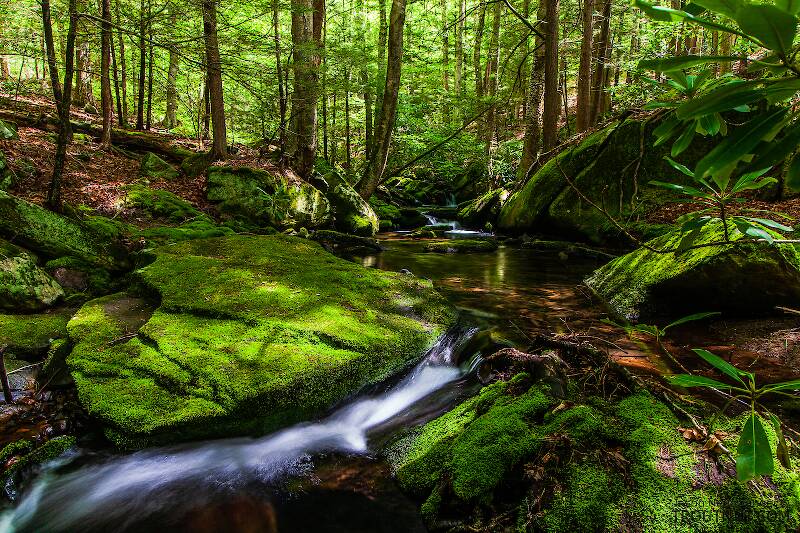
Hex Mayflies
Hexagenia limbata
The famous nocturnal Hex hatch of the Midwest (and a few other lucky locations) stirs to the surface mythically large brown trout that only touch streamers for the rest of the year.


Stonefly Species Allocapnia pygmaea (Little Snowflies)
Species Range
Physical description
Most physical descriptions on Troutnut are direct or slightly edited quotes from the original scientific sources describing or updating the species, although there may be errors in copying them to this website. Such descriptions aren't always definitive, because species often turn out to be more variable than the original describers observed. In some cases, only a single specimen was described! However, they are useful starting points.
Description from GBIFthe Global Biodiversity Information Facility
Source: Epiproct And Dorsal Process Structure In The Allocapnia Forbesi Frison, Allocapnia Pygmaea (Burmeister), And Allocapnia Rickeri Frison Species Groups (Plecoptera: Capniidae), And Inclusion Of Allocapnia Minima (Newport) In A New Species Group
Male epiproct. Apical segment of upper limb ca. 340 - 400 µm long, armed on apical ca. 176 - 220 µm with dense patch of wave-like spikes (Figs. 67 - 69); apical segment ca. 125 - 135 µm wide at base, tapered to a narrow, rounded tip. Basal segment of upper limb ca. 303 - 309 µm long and ca. 79 - 103 µm wide at mid-length; basal segment with median groove narrowed toward base of apical segment (Fig. 67). Greatest width of lower limb ca. 148 - 194 µm; lower limb bearing a sparse, marginal row of long setae in apical third (Fig. 69). Male tergal process. Prominent raised structure on abdominal tergum 8 (Figs. 70 - 72). Bilobed process on tergum 8 ca. 162 - 174 µm wide and bearing a deep U-shaped mesal notch; notch width ca. 44 - 56 µm. Lobes of process diverge in dorsal aspect, but appear straight and slightly swollen in lateral aspect; lobes covered with scale-like structures; anterior face bearing a shallow, transverse groove.
Start a Discussion of Allocapnia pygmaea
References
- Baumann, Richard W. 1975. Revision of the Stonefly Family Nemouridae (plecoptera) : a Study Of The World Fauna At The Generic Level. Smithsonian Contributions to Zoology undef(211): 1-74.
Stonefly Species Allocapnia pygmaea (Little Snowflies)
Species Range
Common Names
Resources
- NatureServe
- Integrated Taxonomic Information System
- Global Biodiversity Information Facility
- Described by Burmeister, H. (1839) 2 Handbuch der EntomologieZweite Halfte. Neuroptera. Reimer, Berlin. Available from: http://openlibrary.org/b/OL17902539M/ I-XII + 757-1050

